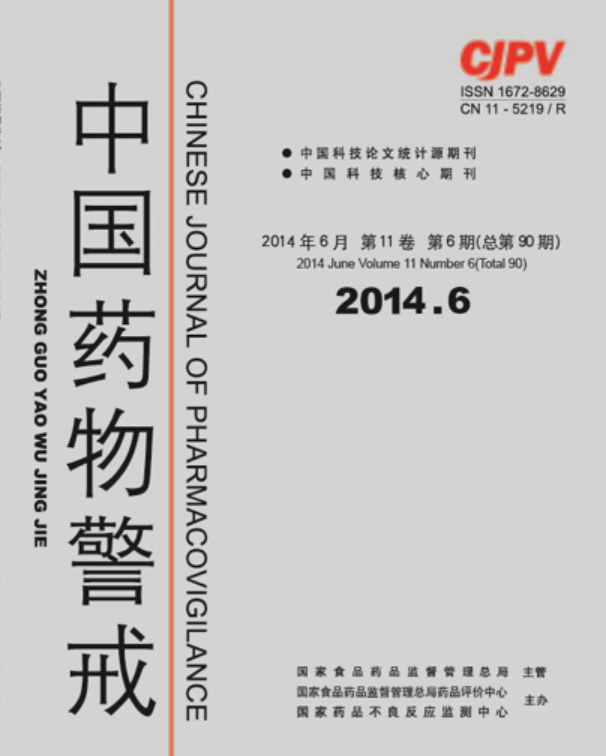|
|
Analysis of the Volatile Components of Xanthium Mongolicum Kitag by GC-MS
YAO Hui-juan, YAO Hui-min, BU Shu-hong, LI Li-xia, LU Xiao-tong, ZHANG Jian
2014, 11(6):
331-332.
ObjectiveTo analyze the volatile oil constituent of Xanthium mongolicum Kitag. MethodsThe volatile components were extracted by ultrasonic extraction, analyzed by capillary GC. The relative content of chemical components was calculated by peak area normalization method, the chemical components were identified by gas chromatography mass spectrometry(GC-MS). ResultsTwenty-three components were identified, the main identified chemical components account for 99.97% of the total volatile components, including isothiocyanato methane(2.92%), bis(trimethylsilyl)estradiol(1.85%), tocopherol(1.33%), schizandrin(1.78%), hiceinamide(3.09%), sitosterol(1.63%), 4,4-dimethylcholestan(15.54%), colchicin(1.86%), 1-hexadecyn-3-ol, 3,7,11,15-tetramethyl-(13.34%),α-linolenic acid(16.02%), γ-linolenic acid(30.12%), coprostene(2.56%), basic green 1(4.49%), stigmasterol(1.09%).ConclusionThe main chemical component of Xanthium mongolicum Kitag volatile components was linolenic acid, accounting for 46.14% of the total volatile components.
References |
Related Articles |
Metrics
|
